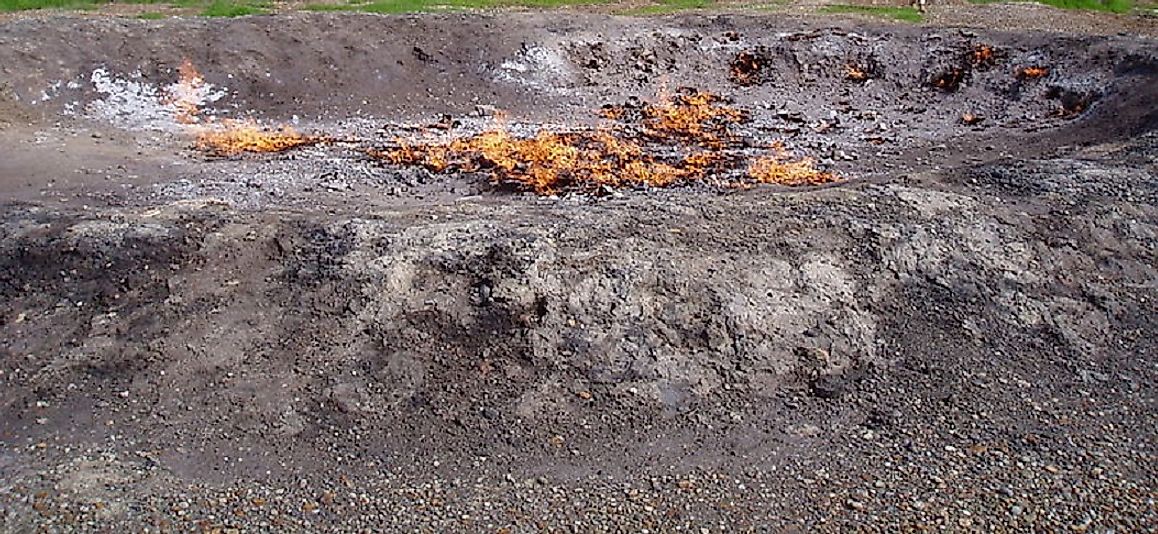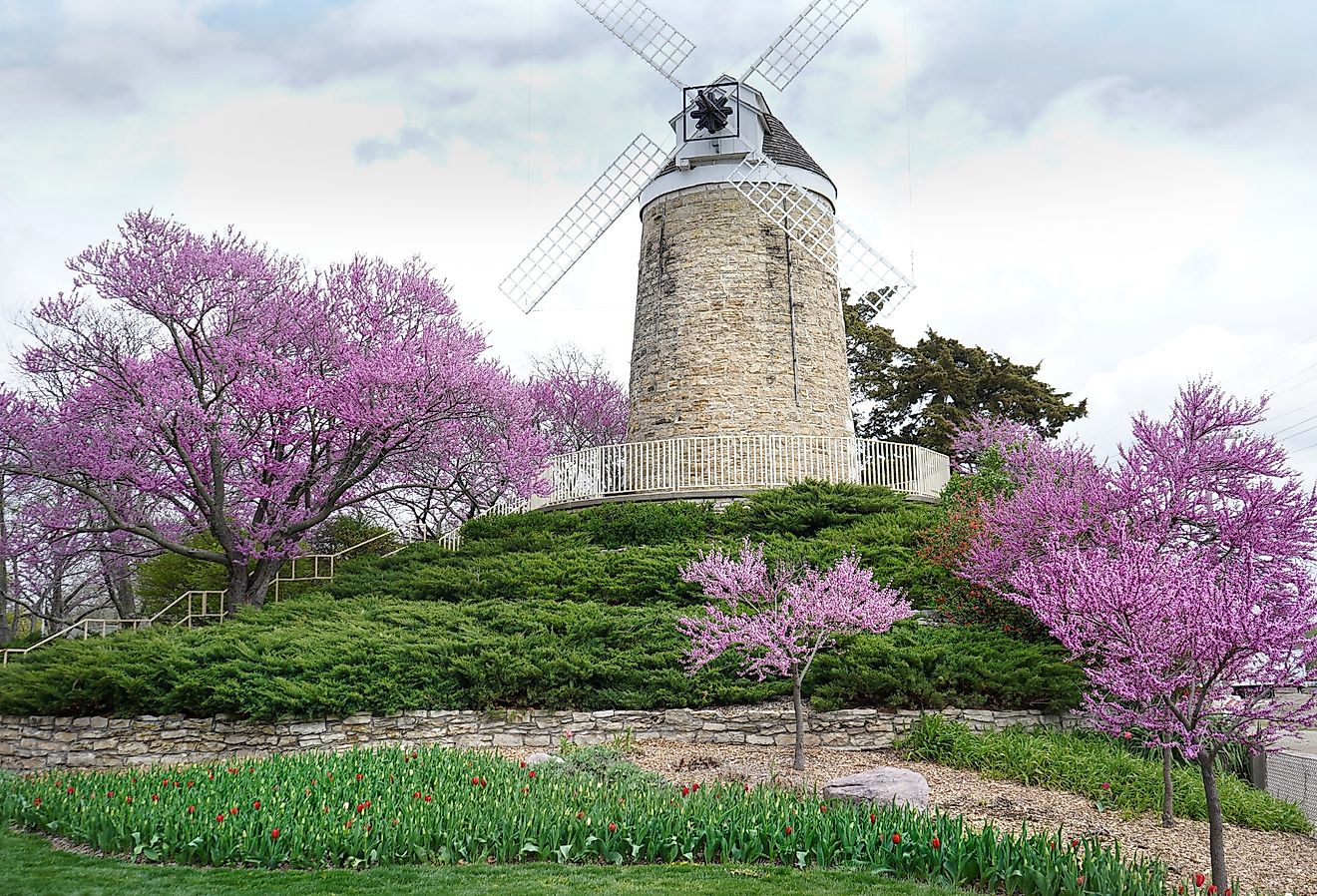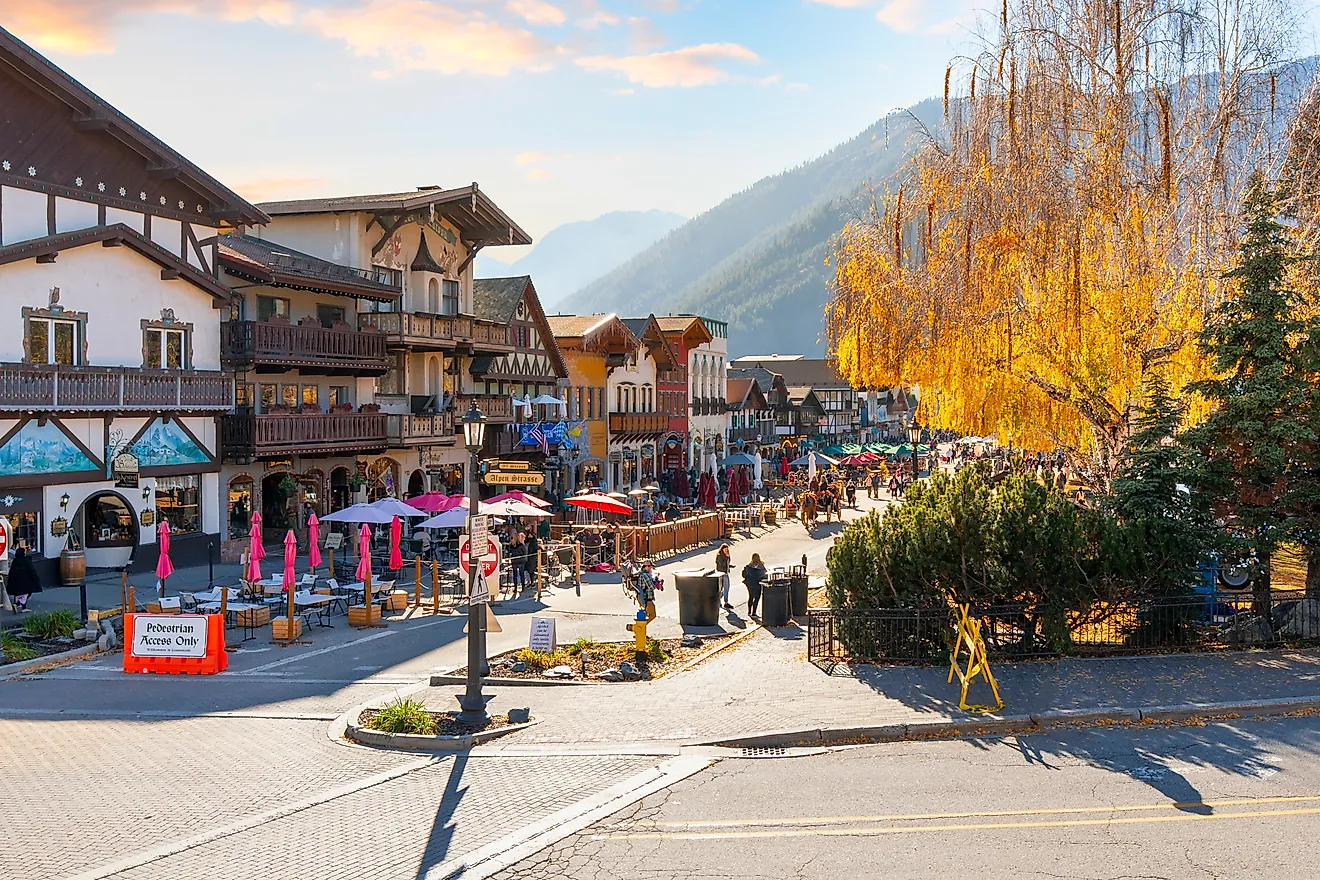Baba Gurgur - Eternal Fire Of Iraq

5. The Eternal Fire
In a massive oil field located near the city Kirkuk in Northern Iraq, flames keep burning over a small patch of land in the oil field. These flames, claimed to have been burning for over 4,000 years, are known as the Eternal Fire of Baba Gurgur, meaning the “Father of Fire” in the local language. The oil field of Baba Gurgur was known to be the largest one in the world at the time of its discovery in 1927 but was later superseded by the Ghawar oil field in Saudi Arabia in 1948. The accounts of many ancient authors like Herodotus also mention the Baba Gurgur. Some even believe that the eternal fire is the one that was described in the Book of Daniel of the Old Testament, serving as the site where 3 Jewish youth were punished by King Nebuchadnezzar of Babylon for not following his orders of idol worship. The Eternal Flame also played an important role in the lives of the locals where shepherds would warm themselves and their sheep by the warmth of the fire while women would pray to the fire for a male child.
4. Geological History
The history of oil discovery and extraction at Baba Gurgur is, unlike, its eternal fire, relatively new. In 1927, the Turkish Petroleum Company first found oil at the site and the process of oil drilling soon turned into a massive disaster. As huge volumes of oil came gushing out from underground, it became difficult to check the spilling of oil into the neighboring areas of the oil field. Soon, oil started dripping down the hills slopes and it was believed that the oil would enter the waterways serving the nearby villages and towns, threatening the health of the people there. Thus, immediate measures were taken to contain the oil spill and lives were also lost in this process. By the time the well was sealed, 95,000 barrels worth of oil had spilled into the surrounding desert habitat. With the rainy season approaching, it became necessary to remove the collected oil resulting in attempts of pumping back oil into the wells. When these attempts went fruitless, large quantities of oil were set alight which ultimately burnt off the oil before the onset of the rains.
3. Modern Significance
The oil fields in and around Baba Gurgur are one of the most important oil fields in northern Iraq. These oil fields generate about 10 billion barrels of oil a day, nearly half of the entire oil exported from Iraq. The oil is transported from this site to Ceyhan, a Turkish port in the Mediterranean via the Kirkuk-Ceyhan Oil Pipeline. Few tourists visit Baba Gurgur to catch a glimpse of its famed “Eternal Fire”. A small walk from the city of Kirkuk can transport tourists to this site. However, since oil is mined in the area, large sections around Baba Gurgur are strictly monitored with a strong presence of security personnel.
2. Habitat and Biodiversity
The Baba Gurgur and surrounding areas experience a semiarid type of climate characterized by extremely hot and dry summers and cool, rainy winters. Operational oil fields exist in and around the Baba Gurgur site with oil drilling operations being carried out here. The nearest city of Kirkuk hosts a great ethnic diversity comprising of Kurds, Turks, Arabs, Assyrians, Armenians, and Jews, as well as a great number of archaeological sites of historical and tourist significance.
1. Environmental Threats and Territorial Disputes
Since the Baba Gurgur is associated with oil wells, with high commercial value, the land has often been subjected to disputes between rival forces intending to capture the land and control its oil wells. Quite recently, Kirkuk faced the attacks from ISIS forces who were, however, successfully defeated by the Kurdish Peshmarga fighters who are in charge of defending Kirkuk and its surrounding oil fields. Thus, presently, there is a lot of tension in the area of Baba Gurgur and its future depends on the strength of its defensive forces and their ability to keep the invaders at bay.











